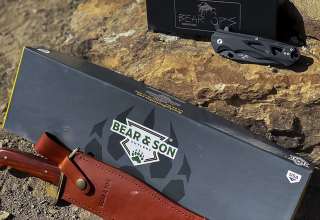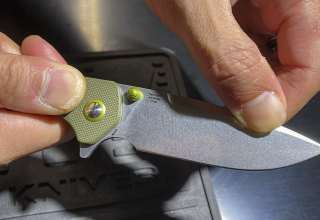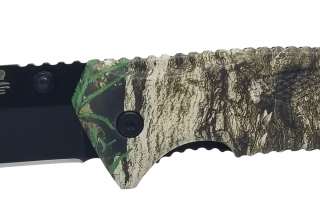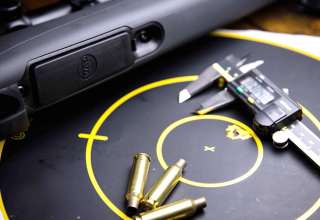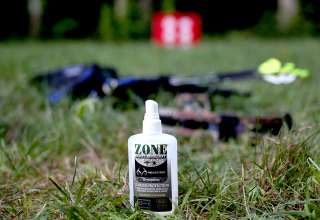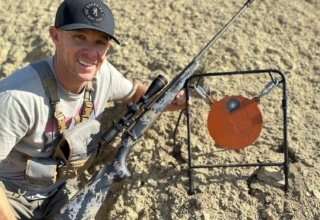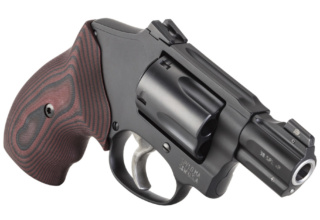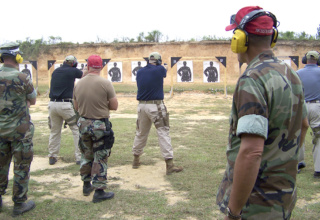The Bowie knife carries with it a certain mystique. No American knife conveys the weight of history and legend as does the famous Bowie. More than any other knife the Bowie has been a fixture in hunting camps all across the United States for over a century and a half. Mountain Men, trappers, Government scouts, frontiersmen and guides have carried the Bowie knife. Most sportsmen recognize the knife instantly and can’t help but have a primal response to the Bowie’s signature size, and silhouette.
Jim Bowie, gained his legendary status first from a skirmish known as the Sandbar fight in which he suffered gunshot and stabbing wounds but was able to fend off the offenders, killing one and injuring others. Secondly, from his defense of the Alamo during the Mexican war where he lost his life defending the fort at the age of 39.
The most popular account of the history of the Bowie knife alleges that Jim Bowie of Louisiana designed the knife and commissioned Arkansas blacksmith James Black to make it for him. Other legends hold that Black made one after Bowie’s design and an additional one that was very similar but included the top of the clip point to be sharpened for about one fourth of the length to aid in the cutting effect when thrusted. After some modifications to the model, they arrived at the final design we are familiar with today.
 Lore holds that Jim Bowie wanted the knife as personal protection. In 1830 or there about, he wanted a knife that was wearable and its intended use was hand to hand combat and protection. Carrying a blade that is approximately nine inches long a typical Bowie has a clipped point, large hilt to protect the hand and a comfortable handle to be able to control the twenty plus ounces of weight. The design was so popular that manufacturers in England began manufacturing versions of the Bowie knife and shipping all over the world.
Lore holds that Jim Bowie wanted the knife as personal protection. In 1830 or there about, he wanted a knife that was wearable and its intended use was hand to hand combat and protection. Carrying a blade that is approximately nine inches long a typical Bowie has a clipped point, large hilt to protect the hand and a comfortable handle to be able to control the twenty plus ounces of weight. The design was so popular that manufacturers in England began manufacturing versions of the Bowie knife and shipping all over the world.
A Bowie is a beast of a knife. Not intended for skinning, cleaning or anything else like this, a good quality Bowie can be used for this purpose, but its main design today is twofold. One is for aesthetics. What full blooded American male does not want to own a Bowie knife? Its legend, style and size make it appealing to most sportsmen. A knife that is smaller than a saber, but larger than anything else you could possibly carry. It is intimidating when seen on the belt of someone in hunting camp. The second purpose is a small machete. Having enough weight to cut through large brush and bone. The compact design for a useful Bowie is to ‘hack’ more than to cut.
Admittedly, my Bowie knife sits on my mantle, it has never seen blood or brush and as far as I am concerned it never will. Made in the USA by Bear and Son Cutlery of Jacksonville, Alabama. The “Gold Rush Bowie” is a thing of beauty. The blade is made from Sandik 12C27M Stainless Steel, dark Cocobola scales with small brass pins adorn the full tang handle. The curved handle butt is ideal and really accents the design. At 14 ¾” overall with a 9” cutting blade. The Gold Rush Bowie comes in at 20.5 ounces. A hollow ground blade and curved brass guard make this a real beauty. There are no other Bowie knives on the market that can match its beauty and style. A real classic and at an affordable price. Packed in a beautiful presentation case with leather sheath, the Gold Rush Bowie is the best of the best in this market.
Personally, I love the sheath for carrying. A swivel on the belt loop make carrying a large knife much more comfortable and functional.
 As a partner to this knife, Bear and Son Cutlery also offer a similar knife in Damascus steel with India stag handles. The two together make a handsome set. The Damascus steel knife is a shade smaller with a 7 inch blade and overall length of 11 ¾”. The Damascus Bowie weighs just 12.5 ounces. But let’s be real, you don’t buy a Damascus Bowie to use, it is a thing of beauty to add to a collection. None is done better or more beautiful than the Damascus Bowie from Bear and Son.
As a partner to this knife, Bear and Son Cutlery also offer a similar knife in Damascus steel with India stag handles. The two together make a handsome set. The Damascus steel knife is a shade smaller with a 7 inch blade and overall length of 11 ¾”. The Damascus Bowie weighs just 12.5 ounces. But let’s be real, you don’t buy a Damascus Bowie to use, it is a thing of beauty to add to a collection. None is done better or more beautiful than the Damascus Bowie from Bear and Son.
The modern Bowie knife’s place is as solid as it was one hundred and fifty years ago. Whether on the belt of sportsmen or on the mantle of the collector, the Bowie has a place in American lore and in the hearts and hands of American sportsmen.


